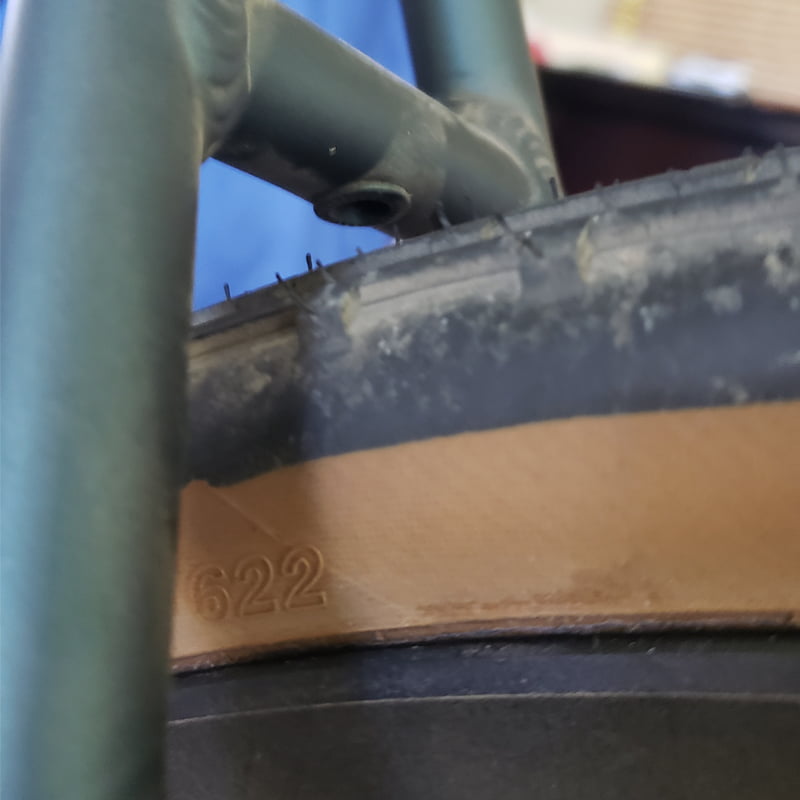Gravel riding has been steadily gaining popularity in recent years, and for good reason. It provides a unique blend of adventure, challenge, and fun that is difficult to find on other types of terrain. However, to fully enjoy this experience, you need the right equipment, and choosing the right gravel bike is a toughie. Let’s help you buy a gravel bike.
With so many options on the market, selecting the best gravel bike for your needs can be a daunting task. This guide aims to provide a comprehensive overview of the factors you should consider when selecting a gravel bike.
Frame Material
The first factor to consider is the frame material. The three most common options are aluminum, carbon fiber, and steel. Titanium and Magnesium are also smaller but interesting players in the frame business. Aluminum is the most affordable and offers a great balance between weight, durability, and price. Carbon fiber is lighter and more expensive, making it a popular option among serious riders. Steel is comfortable and offers excellent durability, but it can be heavier than the other two options. Magnesium is lighter and stronger than aluminum, and rivals carbon for weight. Titanium is also very light and strong.
Tire Clearance
Gravel bikes require wider tires than road bikes to provide better traction and absorb shock on rough terrain. The tire clearance of a bike is the maximum width of the tires that can fit in the frame. Look for a bike with at least 35mm tire clearance, but preferably 40mm or more. 650b wheels allow for even more tire clearance, 50mm or larger!
Brakes
Gravel bikes generally come with either disc brakes or rim brakes. Disc brakes are more reliable and provide better stopping power, making them the preferred choice for most riders, especially hydraulic disc brakes, versus mechanical disc brakes. Rim brakes are lighter and less expensive, but they can be less effective in wet conditions. Most bikes use disc brakes now.
Drivetrain
The drivetrain of a bike consists of the chain, cassette, and derailleur. Gravel bikes typically have 1x, 2x, or 3x drivetrains. 1x drivetrains are becoming increasingly popular due to their simplicity, reliability, and weight savings. 2x and 3x drivetrains offer more gear range but are heavier and more complex.
Geometry
Gravel bikes come in a range of geometries, from relaxed and upright to aggressive and aerodynamic. Your choice of geometry will depend on your riding style and preferences. If you plan on riding long distances, a more relaxed geometry may be more comfortable, while a more aggressive geometry may be better for faster and more technical riding.
Gravel bikes may also come with suspension, either in the form of a suspension fork or a suspension seat post. Suspension can provide added comfort and control on rough terrain, but it can also add weight and complexity to the bike. Consider whether suspension is necessary for your riding style and terrain. Wow, that makes it even harder to buy a gravel bike.
Additional Features
Finally, consider any additional features that may be important to you, such as mounting points for racks and fenders, integrated lights, and electronic shifting.
In conclusion
Ultimately, choosing the best gravel bike for your needs requires careful consideration of several factors, including frame material, tire clearance, brakes, drivetrain, geometry, suspension, and additional features. By taking the time to understand these factors and weighing them against your riding style and preferences, you can find the perfect bike for your next gravel adventure.



